Crop improvement using classical induced mutagenesis is now well standardized. A large number of new promising varieties in different crops have successfully been developed world wide using both physical and chemical mutagens. Voluminous literature are now available on basic and applied aspects of mutagenesis. Mutation technique has been refined and holds promise of generating a much wider desirable variability than classical breeding. Recent advances in technology combined with classical mutation breeding offers new and exciting challenges for development of new varieties. There was necessary to compile worldwide activities on induced mutagenesis for crop improvement. The book covers both basic and applied aspects of mutation and its impact on different crops like vegetable, pulse, medicinal, edible and non-edible oil, ornamentals etc. in different countries. The book is extremely well prepared and contains huge volume of informations accumulated using classical induced mutagenesis on different crops in different countries. The will serve as an extremely comprehensive guide to the researchers, teachers, students and individuals who are interested to use induced mutagenesis as a tool for crop improvement.

Role of Classical Mutation Breeding in Crop Improvement
by S.K. Datta
$28.80
$32.00
In stock
Free & Quick Delivery Worldwide
All orders amounting to US$ 50 or more qualify for Free Delivery Worldwide. For orders less than US$ 50, we offer Standard Delivery at $14 per book.
ABOUT THE AUTHOR S.K. Datta
Dr. S.K. Datta obtained his B.Sc. Spl. Hons. (Botany) degree in 1968 and M.Sc. (Botany) with specialization in cytogenetics and plant breeding degree in 1970 from Kalyani University, West Bengal. He started his research carrier in the field of induced mutagenesis for crop improvement at Bose Institute, Kolkata since April 1971 and obtained his Ph.D. degree in 1976 from Calcutta University for his thesis entitled “Cytogenetical studies in Trichosanthes anguina L.â€. Dr. Datta joined National Botanical Research Institute, Lucknow in 1977 and started his further research activities on improvement of different ornamental crops through induced mutagenesis. He has developed more than 80 new varieties in different ornamentals for floriculture trade through induced mutation. He was awarded D.Sc. degree in Botany for his extensive work on ornamentals. Dr. Datta has been associated with several professional societies and committee. Dr. Datta has published over 175 research papers on mutation breeding in National and International journals. He has published one book “Ornamental Plants: role of Mutation†and five Bulletins. He was invited to presents his paper on mutation for the Advancement of Breeding Research in Asia and Oceania (1989); at Vienna, Austria during International Symposium on the contribution of Plant Mutation Breeding to crop improvement, 1990; at Vienna, Austria, during FAO/IAEA International Symposium on the use of induced mutation and molecular techniques for crop improvement, 1995; at Kuala Lumpur, Malaysia, during International Nuclear Conference 2002. Dr. Datta was also deputed to Berlin under CSIR-DAAD Scientists Exchange Programme for two months (1992). Considering the quantum of work done and published literature on induced mutagenesis, International Atomic Energy Agency (IAEA), Vienna selected. Dr. Datta as “Expert on Mission†for evaluation of mutation breeding project sponsored by IAEA to Philippines (October 2001); and Jakarta, Indonesia for project evaluation mission. Dr. Datta is now Deputy Director, Coordinator and Head, Botanic Garden and Floriculture, NBRI and he is working on different aspects related to cytomorphology, in vivo and in vitro induced mutagenesis, conventional breeding, tissue culture, management of chimera, conservation, dehydration of flowers and floral crafts etc. on different ornamentals like Amaryllis, Asiatic Hybrid Lily, Bougainvillea, Chrysanthemum, Dahlia, Gerbera, Marigold, Gladiolus, Hibiscus, rose, tuberose, Lantana depressa, Orchid etc.
reviews
0 in total
Review by Anonymous
Be the first to review “Role of Classical Mutation Breeding in Crop Improvement” Cancel reply
You must be logged in to post a review.
Bibliographic information
Title
Role of Classical Mutation Breeding in Crop Improvement
Author
Edition
1st ed.
Publisher
ISBN
8170353548
Length
xiv+314p., Tables; Index; 23cm.
Subjects

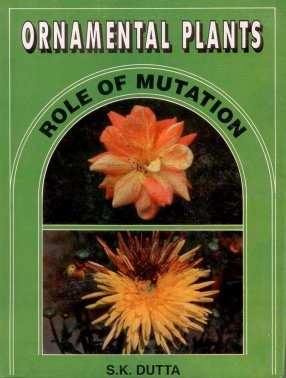
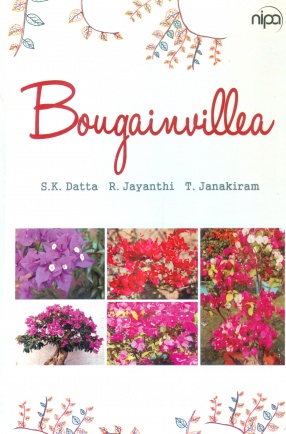
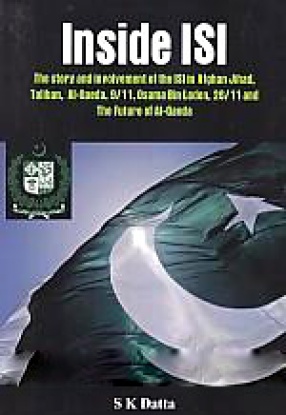
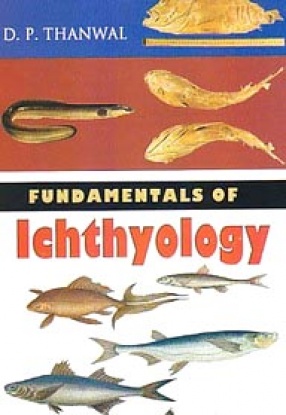
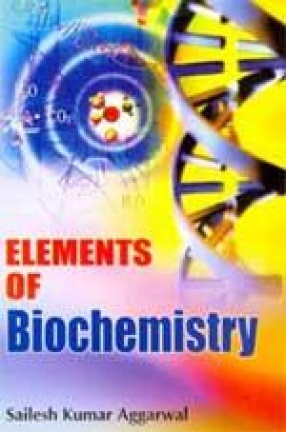
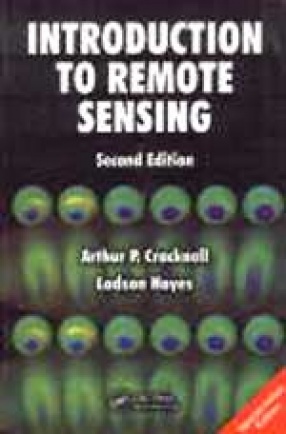
There are no reviews yet.